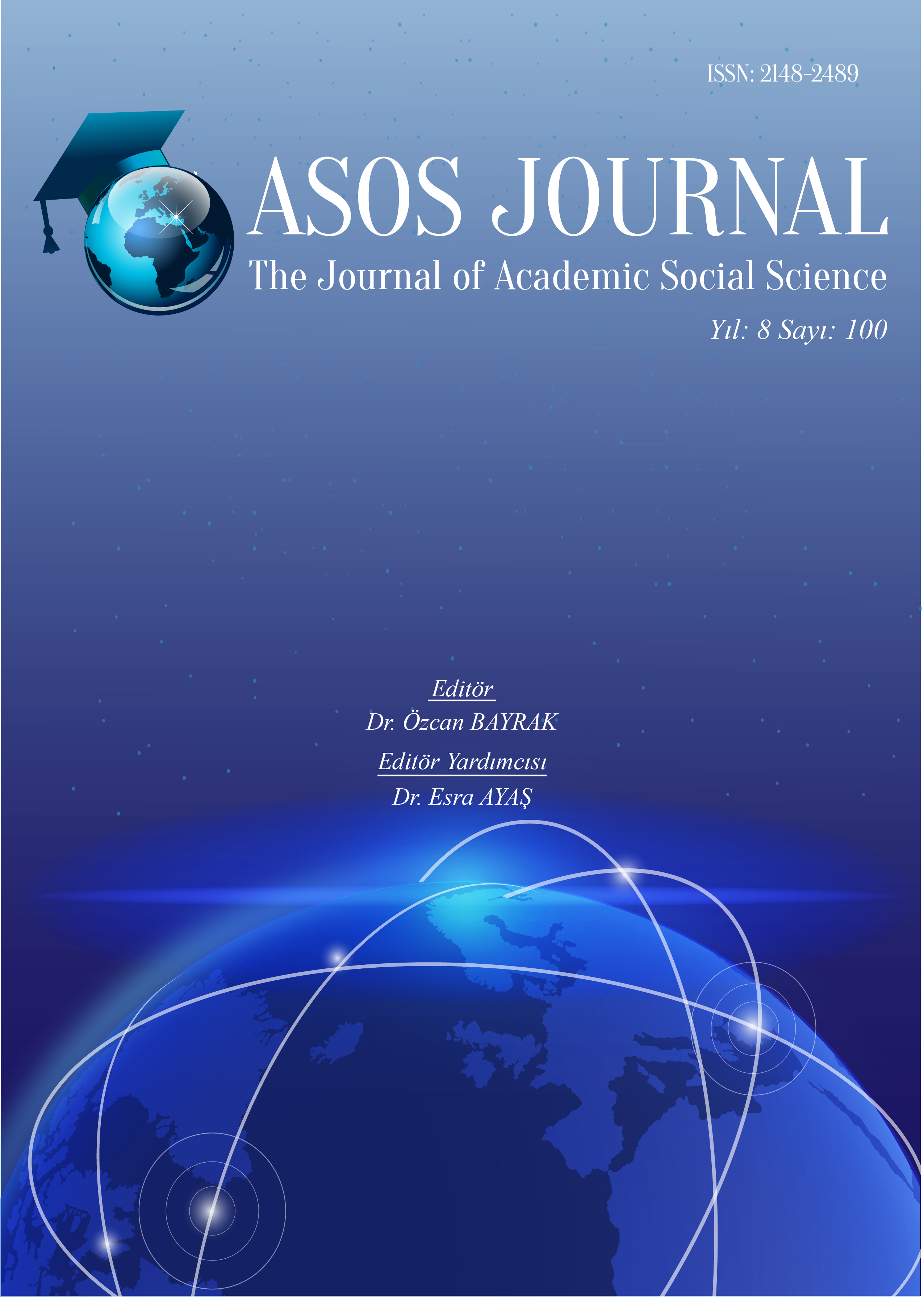Author :
Abstract
Hızla değişen toplumumuzda, insanlar kalıcı bir ilişki kurmak için her zamankinden daha fazla zorlanmaktadırlar. Bu sadece insanlar arasında değil, insanlar ve nesneler arasında da olan bir durumdur. İnsanların aşırı üretimi, büyük bir atık miktarıyla sonuçlanmaktadır. Kullanıcıların nesneleri atmasının nedeni, onlar ile artık duygusal bir bağlarının kalmadığını düşünmeleridir. Çoğu insan eşyaların üretim aşaması kısmından kopuk olduğundan, imalat sürecinde ki atıkların imhası ve ürünlerin kullanım ömürleri sona erdiğinde çevreye zarar vermesi gibi üretimin görünmez tarafını anlamak onlar için zordur. Bu durum insanları çevreye karşı duyarsızlaştırmaktadır. Bu yazıda, öncelikle "duygusal dayanıklı tasarım" (Chapman,2005) fikri ele alınacaktır. Makale, "Wabi-sabi", "Ma", "Kawaii" gibi çeşitli Japon Estetiğinin inceliklerini ve "Kintsugi" gibi geleneksel Japon sanatını keşfetmeye odaklanacaktır. Bu makalenin amacı, Japon Sanat ve Estetiğinin arkasındaki ruhu keşfederek uygulamaya koymaktır.
Keywords
Abstract
In our fast changing society, people find it harder than ever before to build up lasting relationship. This is not a situation only between human-human but human-objects as well. Every day, people over produce, resulting in massive waste. It is believed that users throw away objects simply because they think they are no longer emotionally attached with the object. As most people are detached from production of goods, it is hard for them to understand the invisible side of production such as causing damage to environment, created by waste disposal during the manufacturing process and when products reaches its end of life. This makes them indifferent to the environment. In this paper, the idea of “emotionally durable design” (Chapman, 2005) will be firstly discussed. The paper will focus on exploring a variety of Japanese Aesthetics such as "Wabi-sabi", "Ma", "Kawaii" etc.; and traditional Art such as “Kintsugi”. The aim of this paper is to explore the spirit behind Japanese Art and Aesthetics in order to bring them to application.
Keywords
- Chapman, Jonathan, (2005), Emotionally Durable Design: Objects, Experiences and Empathy, Cromwell Yayınevi, İngiltere.
- Chapman, Jonathan, (2012), Rethinking ‘Good Design’ in an Unsustainable Age. Goldsmiths Universitesi, Londra.
- Fry, Tony, (2009), Design Futuring: Sustainability, Ethics, And New Practice. Berg Yayınevi, New York.
- Hara, Kenya, (2007), White, Lars Muller Yayınevi, İsviçre.
- Juniper, Abdrew, (2003), Wabi Sabi: The Japanese Art of İmpermanence, Tuttle Yayınevi, ABD.
- Kashiwagi, Hiroshi, (2012), Japan / Design: Extraordinary Design From Ordinary Life, Japon Vakfı, Londra.
- Koren, Leonard, (1994), Wabi-sabi: for Artists, Designers, Poets & Philosophers, Stone Bridge Yayınevi, ABD.
- Kuki, Syuzo, (1967), The structure of “Iki” Iwanami Shoten, Tokyo.
- Maggie, Macnap, (2012), Design by Nature: Using Universal Forms and Principles in Design, New Riders, ABD.
- Marra, Micheal, F,(2002), Japanese Hermeutics: Current Debates on Aesthetics and Interpreta- tion, Hawaii Üniversitesi Yayınevi, ABD.
- Odin, Steve, (2001), Artistic Detachment in Japan and the West: Psychic Distance in Compara- tive Aesthetics, Hawaii Üniversitesi Yayınevi, ABD.
- Papanek, Victor, (1992), Design for the Real World: Human Ecology and Social Change, Tha- mes and Hudson Ltd., Londra.
- Papanek, Victor, (1995), The Green Imperative: Natural Design For The Real World, Thames and Hudson Ltd., New York.
- Sartwell, Crispin, (2006), Six Names of Beauty, Routledge, İngiltere.
- Tanizaki, Junichiro, (2001), In Praise of Shadows, Vintage, Londra.
- Theroux, Marcel, (2009), In Search Of Wabi Sabi, BBC Four (DVD), Birleşik Krallık.
- Toshihiko ve Izutsu T., (1981), The theory of Beauty in the Classical Aesthetics of Japan. The Hague, Hollanda.
- Xu, Pin (2005) From Patterns of Zen to Intersubjectivity of Asian Culture, (Ed. Hang Jian, He Jie, Jin Daiqiang), Chinese Traditional Pattern and Modern Visual Design, ShangDong Yayınevi, s. 33-44, Çin.





